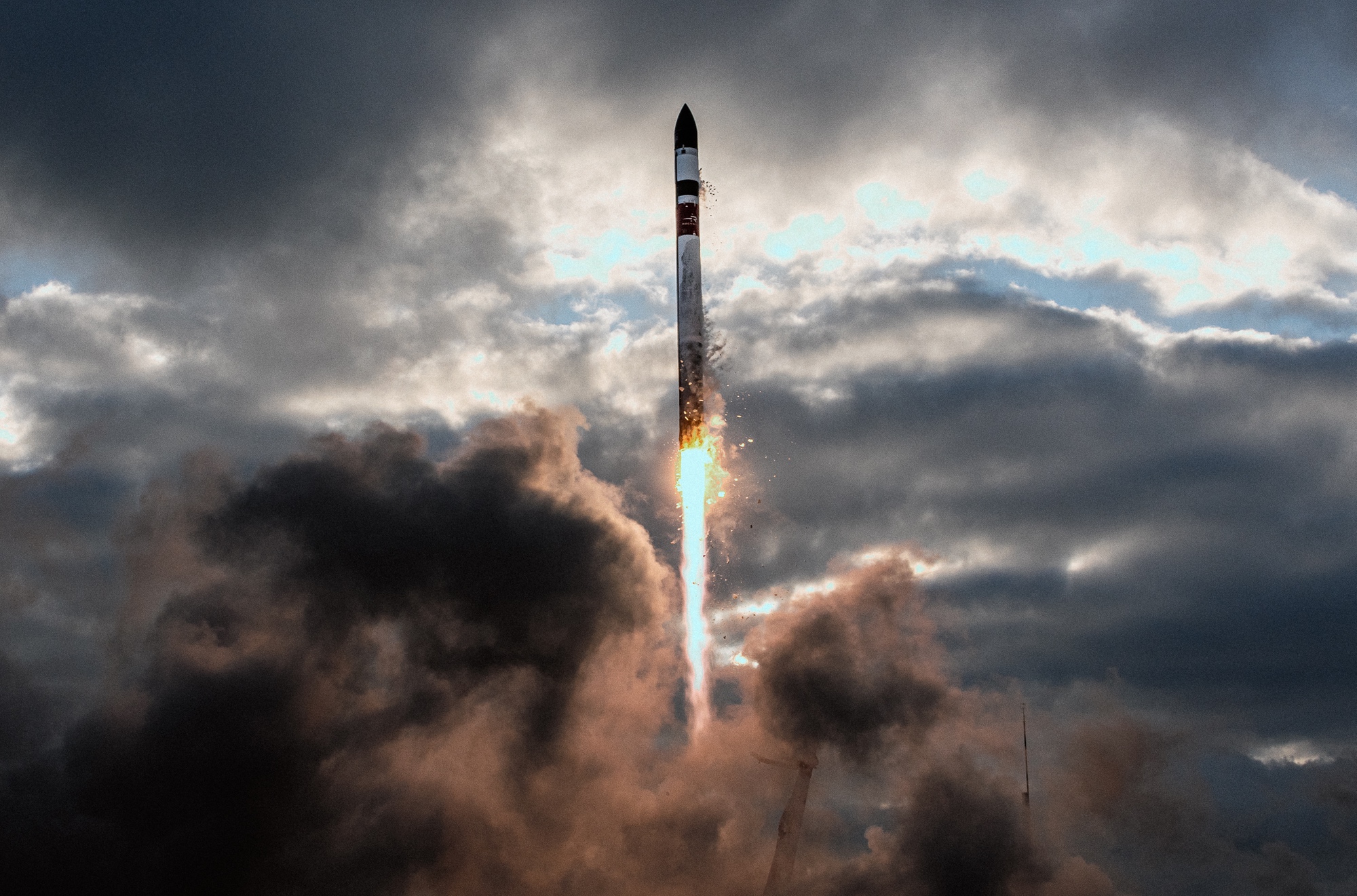Products You May Like
MOUNTAIN VIEW, Calif. — Small launch vehicle developers are working to carve out niches in a market for smallsat launches that is increasingly dominated by SpaceX’s Transporter rideshare missions.
The Transporter missions, which fill a Falcon 9 often with more than 100 smallsats, offer per-kilogram prices significantly below dedicated small launch vehicles. SpaceX has seen high demand for those missions and announced plans last year for a related line of missions called Bandwagon that will go to mid-inclination orbits.
“The Transporter program was created a few years ago with, in my opinion, the sole purpose of trying to kill new entrants like us,” said Sandy Tirtey, director of global commercial launch services at Rocket Lab, during a panel at the SmallSat Symposium here Feb. 7. “Yet, we are still flying because we offer something unique.”
That uniqueness, he argued, is the ability to fly missions to specific orbits not served by Transporter rideshare missions. An example is Rocket Lab’s next Electron launch, which will place into orbit the ADRAS-J inspector satellite for Astroscale. That mission requires a specific, precise orbit so that ADRAS-J can rendezvous with a derelict Japanese upper stage.
“Electron is really the only vehicle capable of delivering such a complex mission on an expedited timeline,” Peter Beck, chief executive of Rocket Lab, said in a Feb. 7 statement about the launch, scheduled for Feb. 19 (New Zealand time). Rocket Lab said the specific launch time will be determined just a day before launch, with a near-instantaneous launch window.
“Most of the missions that we fly are enabled by the fact that we offer dedicated services,” Tirtey said, citing the upcoming ADRAS-J launch. “There is no way you could do this on a rideshare.”
Other panelists said they are targeting customers with specific requirements or needs that make them less price-sensitive than those who opt for the less expensive Transporter launches. That includes dedicated orbits and high reliability, said Pablo Gallego, senior vice president of sales and customers at Spanish launch company PLD Space. “We are offering a premium service for the ones that are willing to pay.”
That argument, though, is in danger of being undercut by the combination of rideshare launches and orbital transfer vehicles (OTVs), which can take satellites to their desired orbit after being deployed from a Transporter or similar launch. Several companies are offering such vehicles and using them on Transporter launches.
While that combination may still be less expensive than dedicated launches, it still doesn’t offer sufficient flexibility, launch providers argued. “We are excited to partner with a lot of OTV providers in providing that service to our customers, but it comes down to performance and how quickly you can get there,” said Robert Sproles, chief technology officer of launch services company Exolaunch. “If it takes you multiple months on orbit to get to that final destination, there’s a strong argument to be made to going dedicated.”
Tirtey said that maneuvers that require plane changes can take months to complete, adding that current OTV providers have yet to demonstrate the ability to perform such complex maneuvers. “It could be useful, but you can’t expect a revolution because of physics.”
However, on another panel at the conference Feb. 6, industry officials said they see challenges for small launch vehicles coming from SpaceX’s Starship, which promises much greater performance at significantly lower prices. “If you’re a smallsat company, your business model should be looking forward to the model of the Starship rideshare,” a scaled-up version of Falcon 9 rideshare, said Abhishek Tripathi, director of mission operations at the University of California Berkeley’s Space Sciences Lab and who previously worked at SpaceX.
He said that the introduction of Starship could change how spacecraft are designed, allowing the use of heavier but cheaper materials and components. “You can throw mass and power and volume at your problem and thereby scale up your satellite bus and still be cheap.”
“The cost per kilogram is going to fall, provided there is competition,” said Curt Blake, who leads the space practice at Wilson Sonsini and was the former CEO of launch services provider Spaceflight. “Otherwise, we’re potentially in for another long run of one-company dominance in the market.”
